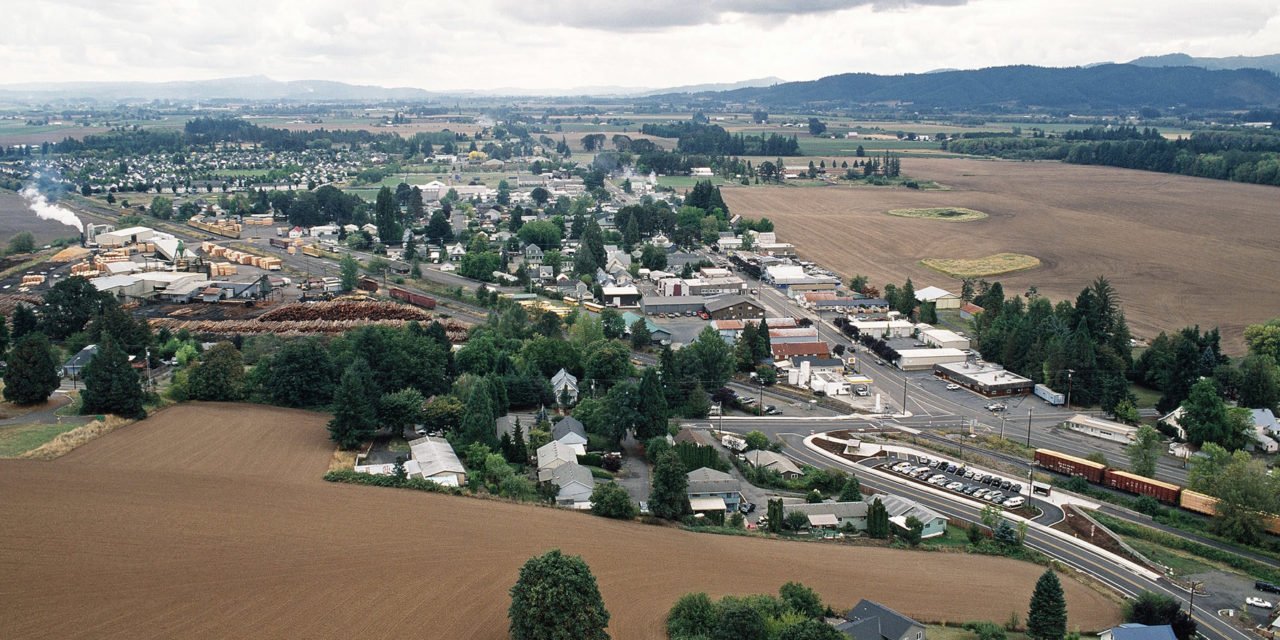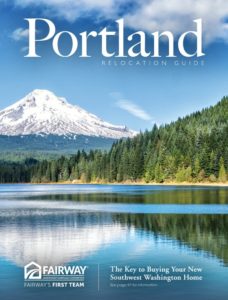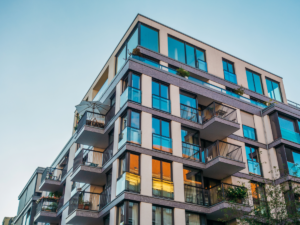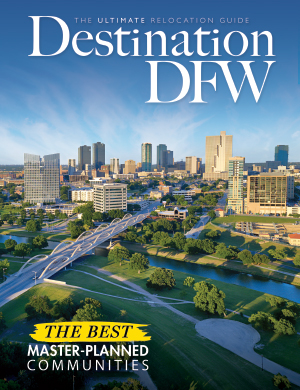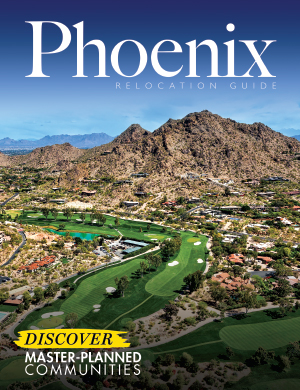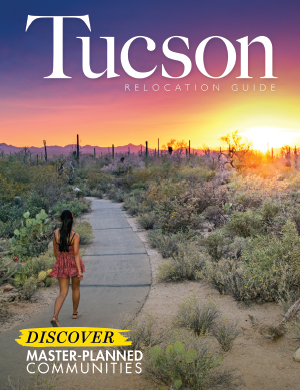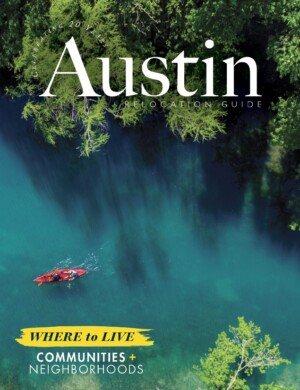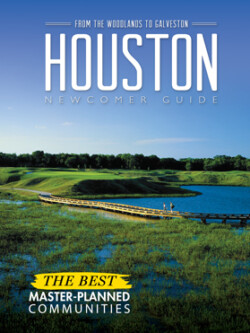One of the many draws to living in Portland is how quickly you can escape the urban area. While most cities expand out as they grow, Oregon established an urban growth boundary law. This law controls the Portland area’s urban grown boundary and urban expansion. Therefore protecting farms and forest that surround Oregon’s cities. Thanks to the urban growth boundary law a short drive will land you in the countryside where fresh air trees and farms abound.
Planning for the Future
To keep up with the housing demand and preserve the farms and forest that surround Portland, urban infill has been utilized to optimize the use of already developed areas. Infill is a term defined as the use of land within a built-up area for further construction. Furthermore, abandoned lots and underutilized spaces are converted into homes to serve the rising demand without taking over more land.
Due to the grow in Portland, the urban growth boundary law is revisited every twenty years. In an effort to manage the expansion of boundaries over time, urban and rural reserves were created. These reserves currently exist outside of the urban growth boundaries but designate land that is of high value for farms or of high potential for urban growth. These reserves do not change existing zones. Rather, enable better long-term planning by predicting which land must be preserved and which land can potentially be utilized for urban expansion.
Living Smart Program
Portland has a reputation for urban sustainability. In 1991 zoning changes were approved by the city to redevelop existing urban land. This led to developers subdividing lots and building tract housing. The intention was good. However the result was visually unappealing to residents.
The “Living Smart” program was launched in Portland. From 2003 – 2011 the program limited infill to vacant lots and added design requirements ensuring that new properties would not become an eyesore. As a result, an international competition was launched to design houses with specifically defined compact parameters. Winning designs were chosen and became models not only for Portland but for International urban development. This progression of the urban growth bounday law and Living Smart program showcase Portland’s dedication to sustainable living.
Portland density currently hovers around 4375 people per square mile. However, thanks to thoughtful sustainable planning, Portland has maintained its European vibe, friendly streets and efficient public transportation.

